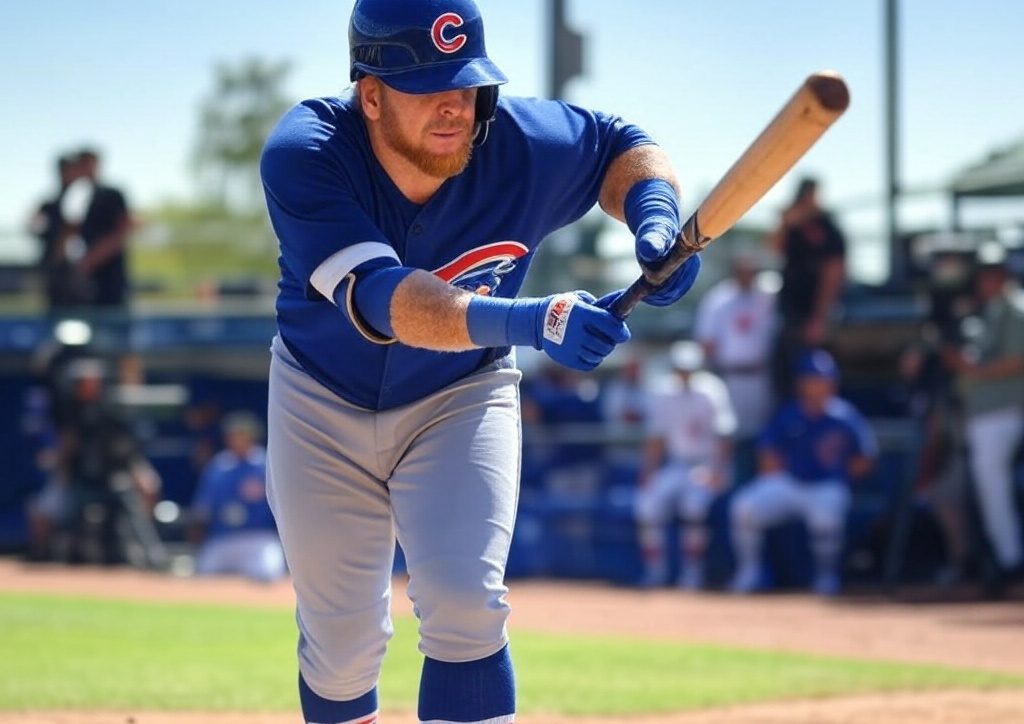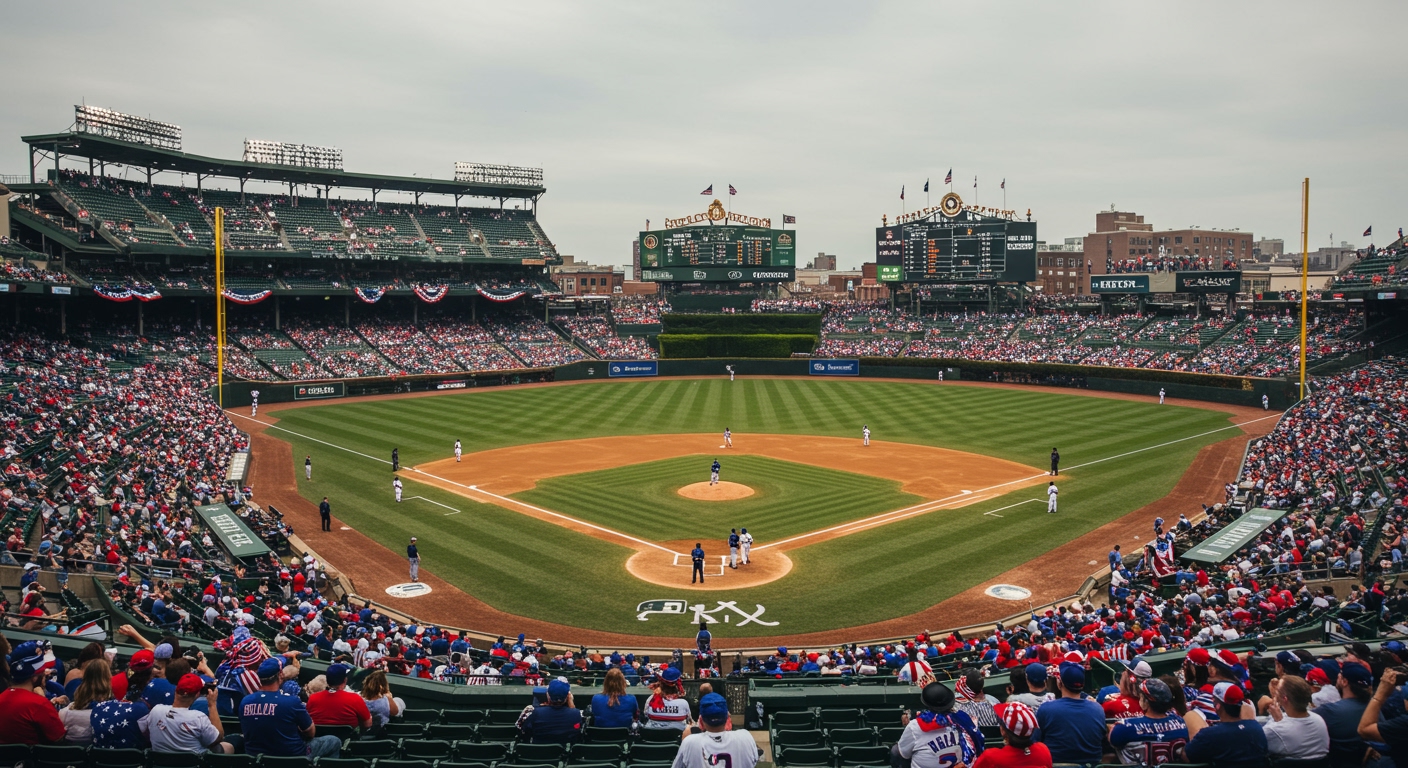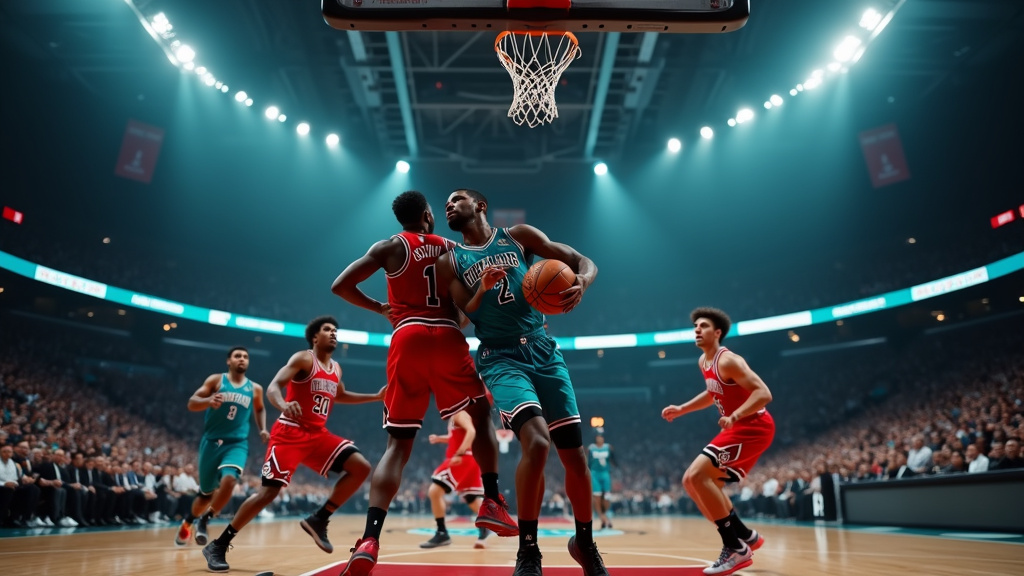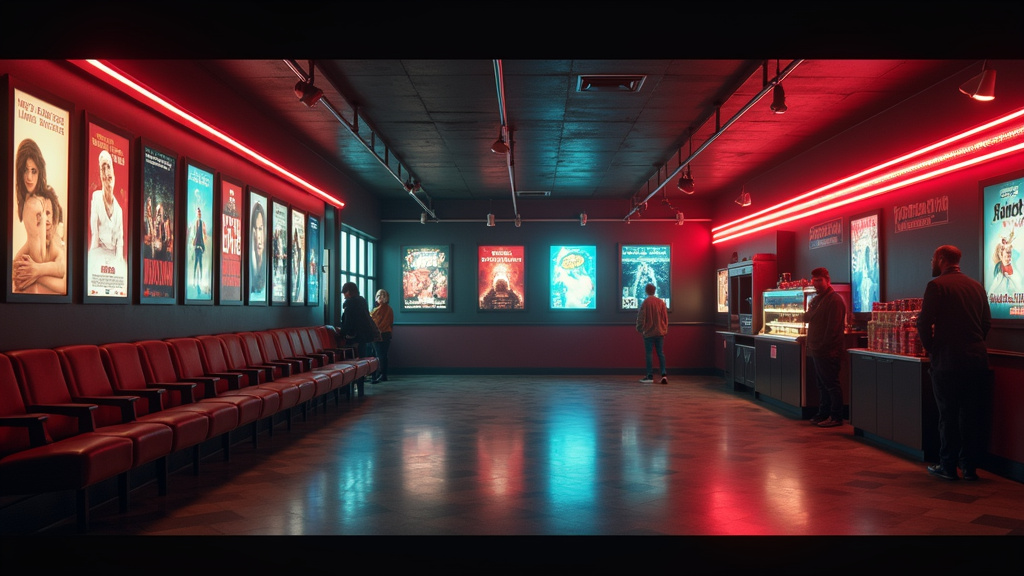MESA, Ariz. — In the world of Major League Baseball, the offseason is often defined by the critical decisions made by team executives, particularly when it comes to free agency. Chicago Cubs President Jed Hoyer recently found himself navigating this intricate landscape as he sought to bolster the Cubs roster by pursuing former Houston Astros third baseman Alex Bregman. Hoyer’s pursuit of Bregman not only showcased his ambition to improve the team but also highlighted the strategic discussions with the Cubs’ ownership, the Ricketts family.
**The Context of the Pursuit**
As Bregman’s free agency extended through the offseason and into February, Hoyer seized the moment to make his case to the Ricketts family. This was no ordinary negotiation; it involved pushing the budget beyond what the Cubs initially anticipated for the offseason. Hoyer described this pursuit as a “significant exception,” drawing parallels to the previous year’s signing of Cody Bellinger, where ownership had similarly allowed for a budgetary stretch when the outfielder remained available late into the spring training season.
Hoyer’s engagement with the ownership regarding Bregman was extensive. “There were a lot of conversations, emails, and memos,” he stated. This level of communication was indicative of the importance Hoyer placed on making a strong offer to a player of Bregman’s caliber.
**The Offer on the Table**
The Cubs made what they believed to be a competitive proposal to Bregman, who is set to turn 31 next month. According to sources, the offer consisted of four years and $115 million, complete with opt-out clauses after the 2026 and 2027 seasons. However, this offer did not match the terms presented by the Detroit Tigers, who reportedly offered six years and a total of $171.5 million, nor did it approach the annual salary that the Boston Red Sox would provide at $40 million per year over three years.
Hoyer recognized that the Cubs were at a disadvantage due to the structure of their offer. “Ultimately, they got a deal in structure and amount that we couldn’t match, but that’s just the nature of it,” he remarked. The Cubs’ philosophy has been to avoid deferrals in contracts, a strategy that has been a double-edged sword. While it provides clarity in budgeting, it can also hinder competitiveness in the free-agent market. The Cubs are still tied to paying Jason Heyward $5 million annually through 2027 due to deferrals in his contract.
**The Competitive Landscape**
The competitive landscape of free agency is unforgiving. Hoyer acknowledged that “most of the time the player goes to the highest bid.” Indeed, the Red Sox’s aggressive approach to securing Bregman reflects the reality that teams willing to spend more often walk away with the most sought-after players. Hoyer expressed appreciation for the opportunity to pursue Bregman, even if the final outcome did not align with the Cubs’ aspirations. “I was thankful that I was able to pursue it. It was a really good opportunity, and now we move forward,” he said.
**Looking Ahead: Roster Implications**
With Bregman’s decision to sign with the Red Sox, the Cubs must pivot their focus. Hoyer indicated that the team is not expected to reallocate the funds that would have gone toward Bregman for another significant acquisition this spring. Instead, he believes the core of the roster is already present at spring training. “Obviously, we have a little bit of money for some small in-season things,” he noted, reinforcing the idea that the Cubs are now tasked with maximizing the potential of their current lineup.
One of the most significant implications of Bregman’s departure is the opportunity it creates for the Cubs’ top prospect, Matt Shaw. With Bregman no longer in the picture, Shaw is now positioned as a frontrunner for the starting job at third base this spring. This shift not only allows Shaw to step into a critical role but also emphasizes the Cubs’ commitment to developing young talent within their ranks.
**Future Strategies and Considerations**
As the Cubs look to the future, several strategies will be essential to maintain competitiveness in a rapidly evolving league. The key components of Hoyer’s approach will likely include:
– **Fostering Young Talent**: With prospects like Shaw emerging, the Cubs will need to invest in player development to ensure that young players are ready to contribute at the Major League level.
– **Smart Investments**: Hoyer’s philosophy of making “good investments” will continue to guide the Cubs’ decision-making. This means being judicious with available funds and targeting players who can provide value beyond their contracts.
– **Maintaining Financial Flexibility**: As the Cubs navigate the complexities of the Competitive Balance Tax, maintaining financial flexibility will be crucial. This allows for opportunistic moves in the future without being constrained by overextensions in contracts.
– **Adapting to Market Trends**: The Cubs will need to remain vigilant about market trends and the strategies employed by rival teams. Understanding the landscape of free agency and trades will be pivotal in making informed decisions that align with the organization’s long-term goals.
**Conclusion**
The Chicago Cubs’ pursuit of Alex Bregman underscores the complexities of team-building in Major League Baseball. Jed Hoyer’s effort to secure the two-time All-Star reflects his commitment to improving the roster and making strategic investments. While the Cubs ultimately fell short in their bid for Bregman, the organization remains focused on developing talent and exploring future opportunities. As spring training unfolds, all eyes will be on the Cubs as they seek to navigate a competitive landscape and build a winning team for the seasons ahead.













